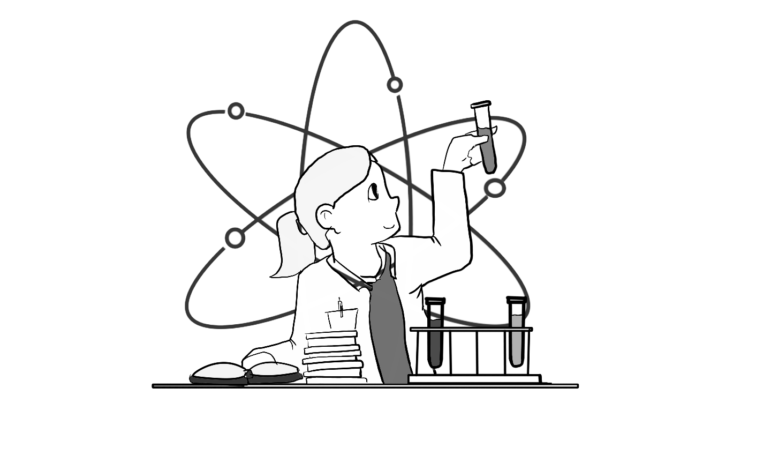

As of December 2016, California, along with 18 other states, adopted a new science curriculum called the Next Generation Science Standards, or NGSS.
“The new standards encourage critical thinking over rote memorization, and emphasize hands-on learning, with more classroom-based experiments,” Carolyn Jones, a writer for Edsource, said. “[The new standards encourage] students to investigate, collect and use data, and give … explanations for what they discover.”
NGSS was in the writing process from 2011 to 2013, and is now implemented in light of the ever growing importance of science.
“If the nation is to compete and lead in the global economy,” wrote the NGSS Board, “all students must have a solid K–12 science education that prepares them for college and careers.”
To some students, such as sophomore Victor Qiu, the implementation of the standard is not very important.
“Science standards are not very important to me personally,” he said. “I just want to learn the most I can from the class I choose to.”
Qiu said that he hopes the new standards will spark more interest in science classrooms.
“A new science standard can be either good or bad, depending on how it will affect the class … For example, many students don’t particularly like science, at least from what I’ve seen. If a new science standard can change that, it would be great,” Qiu said.
Some teachers also view the implementation of this standard as a change for the better.
“ For the first time science standards are utilizing what we know about science,” said biology teacher Katherine Ward. “What science is is a way of understanding natural phenomena, … It’s a way for us to understand what, why, and how something is occurring… The NGSS are changing how we have people explain phenomenon, how they observe it, and how they explain it … So that’s what’s different, it’s very different from memorizing a bunch of facts.
Science teacher Jessica Valera also agrees that this new standard is a change for the better, as the new methods of teaching are better preparing students for the future of their generation.
“I personally think the thing [educators] can do to prepare our students for the future is teach them how to think critically and how to be creative,” said Valera. “[T]he jobs that high school students have today might not even exist in 10 years. [In] this generation, you can access content from the device everyone carries in their pocket, so … the memorization [of a] series of facts doesn’t matter. It’s not going to prepare you for the types of work that people will be doing. So being able to think critically and being able to analyze, and thinking about things in a creative way, that’s what I think is going to prepare our students in the best way for the future.”



